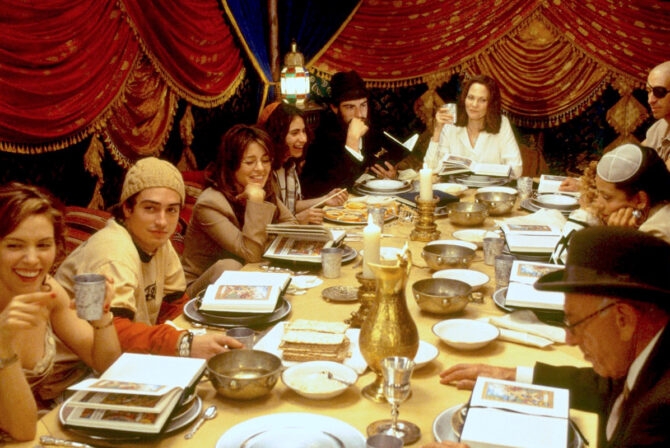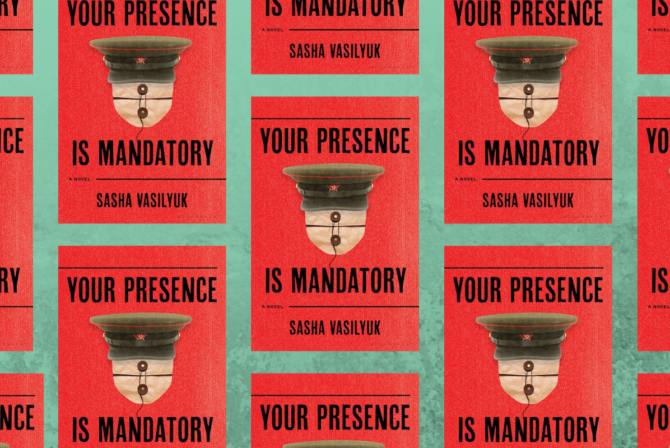The mikveh is a Jewish ritual bath used for various purification purposes. Here’s a brief rundown of the history of the mivkeh, as well as how I and other women use them today.
A Little History
For thousands of years, Jewish men and women have used a mikveh for ritual immersion in water for various purification purposes (think baptism before the Christians came… this was the original baptism!). Women immerse in the mikveh after they stop menstruating every month, but mikvehs are also used for conversions and for spiritual and bodily cleansing of both men and women. The basic idea is to immerse with nothing between you and the waters and God.
Women Aren’t Dirty
Women aren’t dirty and Judaism doesn’t think they are. Did some rabbi a long time ago maybe say something that could be interpreted that way? Sure. Does that make him right and does he speak for all of Judaism? Heck, no. So get over that and check this out: it’s not about going from dirty to clean. It’s about reaching for higher and higher states of “clean”: as we try to get close to God who is The Ultimate Clean.
When Do You Go?
The first time women traditionally go to the mikveh is before their wedding; I went the night before mine with the women in my family along for moral support. I go to the mikveh every month after my cycle ends, and I went for good luck in my ninth month of each pregnancy. You also go after giving birth, once you stop bleeding.
Jewish Math
The Torah says to count seven days of your cycle, but the Rabbis (oh, Rabbis) said to count five days of your cycle followed by seven days of no bleeding to make it 12. Take out your high school biology book, people. An average woman ovulates on–you guessed it–day 12 of her menstrual cycle. So mikveh visits on day 12 coincide with optimal days to get pregnant which was typically expected of married couples for most of history. Most observant women refrain from sex and many refrain from any and all physical contact with their husbands (even non-sexual touching or sleeping in the same bed!) for those 12 days. For the full story on the rhythms of Jewish intimacy and our love for sex, check out the piece wrote on it here.
How Do You Prepare?
The counting of the seven days varies by community, and suffice it to say you can check out this clip of a really amazing brave woman on The Tyra Show describing what many do.
On the night of the seventh “clean” day, you take a long soak in a bathtub and scrub your body as it’s never been scrubbed before, combing out any knots in your hair, trimming your nails short, and letting any callouses you may have soften in the tub. You remove all nail polish, makeup, and you take off any acrylic nails, jewelry, etc. And, no, you don’t have to shave your body hair if you don’t want to.
What Actually Goes On at the Mikveh?
You go to a mikveh after nightfall, and you check in and pay ($18-$30 is the standard range for use of the mikveh). Mikveh bathrooms look like modest hotel bathrooms, and come equipped with all the amenities you might need to get ready: shampoo, soap, nail trimmers, makeup and nail polish remover, etc. You are led in a large towel or robe to the mikveh and the attendant has you hold out your hands and feet to check for dirt or missed jewelry or nail polish. I always ask them to check for stray hairs on my back, but they never see me naked. I have never been asked if I observed the rules of checking bleeding, not touching my husband, or not having sex.
Seven steps (think of the seven days of creation) lead you into the warm waters of what otherwise looks like a jacuzzi. You immerse once, close your eyes and cross your arms over your belly (thus demarcating the sexual lower region of your body from your cognitive and emotional upper region), recite the brief blessing for immersion (they have it available if you don’t know it by heart), and immerse again, the number of times depending on your custom (I immerse once, say the blessing and immerse twice more). The mikveh attendant says “kosher” each time you immerse, to let you know that all of you–every last hair–went under the water, thus making the immersion appropriate.
After you immerse, you can say a personal prayer (for your family, the rebuilding of the Temple in Jerusalem, whatever you want) or just exit, and the attendant waits at the top of the seven steps with your towel in front of her face, blocking her view of your nakedness. You then go back to your bathroom, get dressed (many women don’t shower after, since we are told that the waters hold specialness!), and go home.
Why Go?
Well, many find it transformative, spiritually fulfilling, and a useful tool to facilitate enduring intimacy in marriage. When you go, it’s a beautiful moment of physical and emotional cleansing during which time you can feel truly and completely “pure.” I enjoy taking the time to prepare for the mikveh, remembering each part of my body and how it needs to be cared for more than once a month.
When I close my eyes and go under the water, it’s silent and it’s warm and I feel really safe. Sometimes I feel like crying and I don’t know why. Sometimes I can’t wait to be back home and it’s hard to focus on the mystical aspects I studied so intently with kids to care for, dishes to wash, and posts to write for Kveller. Throughout Jewish history, women have risked their lives to immerse in secret; in shtetls and under Communist threat and in the camps where it couldn’t have been very easy or meaningful or rewarding, women preserved this mitzvah above all else because it has the potential to mean so much to our people and to the fabric of Jewish marriage. Even though it seems labor-intensive and sometimes I don’t feel it as deeply as I’d like to, there’s not much I do that makes me feel this deeply and mysteriously connected to thousands of years of women, so I’m going to stick with this.
For more on the mikveh, check out this video tutorial from Jewinthecity.com:







